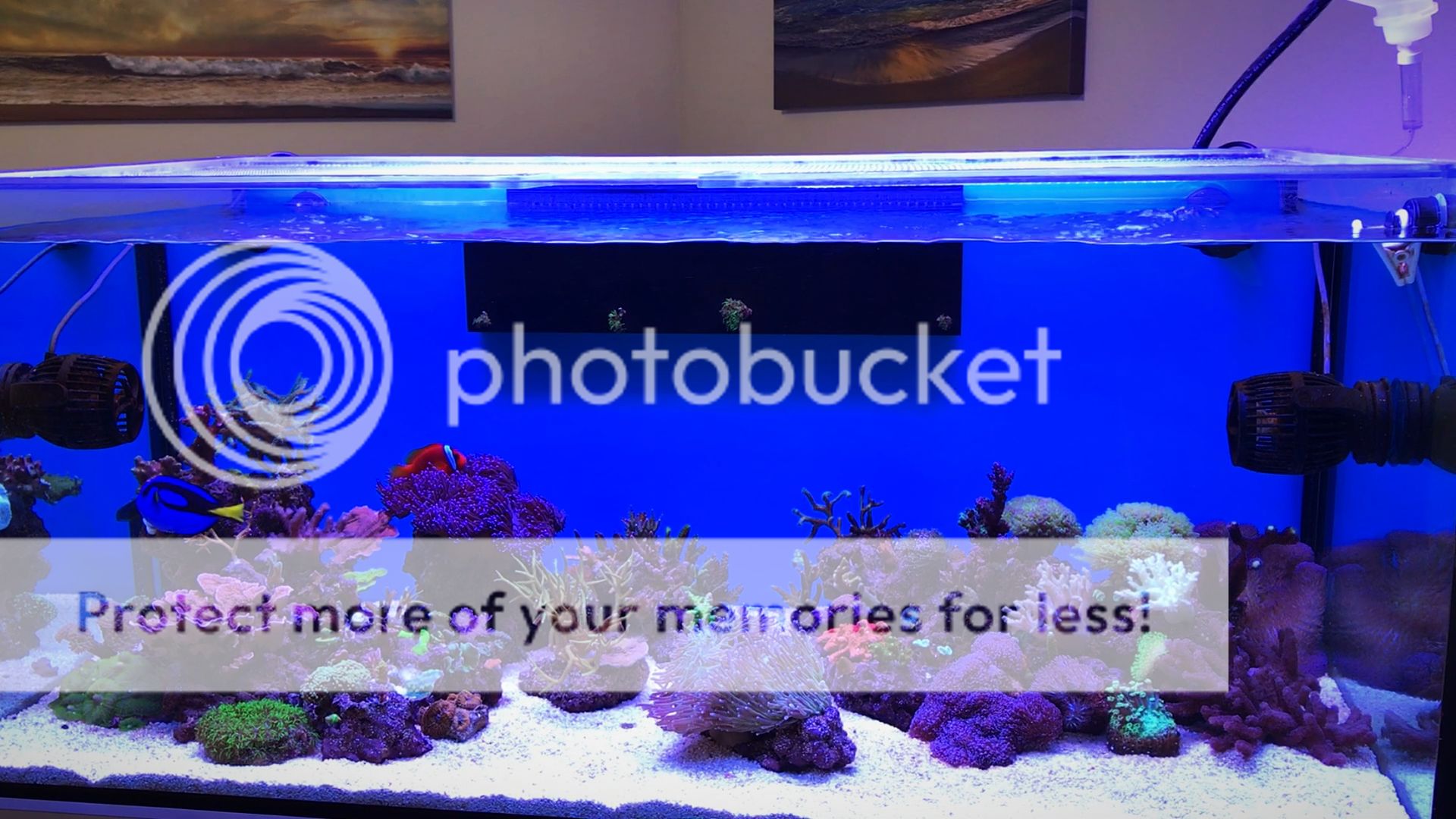This deserves a repost:
Yesterday at 3:25 PM
bblumberg
bblumberg
Active Member
R2R Supporter Expert Contributor
Prime Coral said: ↑
Publishing in a peer reviewed journal is not the standard.
Publishing in a peer reviewed journal has only ONE requirement: the editor in chief decides to publish or not. Has NOTHING to do with peer comments, statistics, study design, or any of your assertions above. I have published my own peer reviewed papers and I am currently a peer reviewer for several scientific journals. There is far too much personal bias in the publication process and it ultimately has nothing to do with the actual science, whether it is good science or not.
You are 100% incorrect. As a research scientist, published author, peer reviewer, NIH funded principal investigator, neuroscientist, biochemist, cell biologist and chemist I can definitively tell you the peer review process is mostly a "boys club". I have no interest in participating in at this time.
Click to expand...
This is something that I cannot let pass without comment. What you say is almost 100% incorrect based on my experience as a working university scientist with many publications in the peer-reviewed literature (have a look at my site
Blumberg lab home or search me on PubMed if you doubt this).
While there is a bit of a clubby nature to getting your papers reviewed in the most high impact journals in the field of biomedical sciences (Nature, Science, Cell Press journals). peer-review is the best way to ensure that the work published is of high quality. Your statement that publishing in a peer-reviewed journal "Has NOTHING to do with peer comments, statistics, study design, or any of your assertions above." is completely false and demonstrates that you have little idea about what the publication process entails.
Whether or not a paper is published in the peer-reviewed literature depends largely on the quality of the science. This includes study design, statistical analysis, peer reviewer comments and, ultimately, the approval of the editorial board of the journal (typically an Associate Editor). High quality science will always be published in some reputable journal, irrespective of how controversial the topic may be. Which peer-reviewed journal it is published in depends on the overall interest and impact of the research. Work of high impact and widespread interest to multiple fields gets published in high-impact journals. High quality work of more limited interest gets published in specialist journals.
Having said that, the peer-review process is not perfect. Sometimes peer-reviewers are lazy and allow sloppy science to slip through. This most often happens at low-impact journals, but it happens. Sometimes reviewers are biased and inappropriately reject good work but this will get published in an other journal if it is scientifically sound. Sometimes authors fake or misrepresent results allowing bad science to get published. This is largely discovered eventually and the perpetrators punished.
Sometimes there are so-called peer-reviewed journals that are not. Rather they pretend to be so, but are basically pay the fee and you will be published. You can read about this problem here, among other places"
https://retractionwatch.com/2013/10...poofs-hundreds-of-journals-with-a-fake-paper/
The bottom line is that peer-review largely works, both for publications and for research grants. It could be improved. What couldn't?
I can easily imagine why you do not want to publish your putative RTN/STN cure in the peer-reviewed literature. This is because you would need to disclose what actual chemicals it contains so that other interested scientists could duplicate your work. This is at the heart of science - it must be reproducible in order to be believed. This is not the same thing as me buying your treatment and testing it in my tanks at home.
Lastly, since you have described yourself as "a research scientist, published author, peer reviewer, NIH funded principal investigator, neuroscientist, biochemist, cell biologist and chemist" I thought that I'd give that a quick fact check. According to your Facebook
Ara Deukmedjian
and LinkedIn
https://www.linkedin.com/in/ara-deukmedjian-md-faans-931910167/
pages, Dr. Ara J. Deukmedjian graduated from UCSD with a degree in Cell Biology and Biochemistry in 1993, received an MD from USC in 1997 and has been a working neurosurgeon since that time.
I found 4 publications for Ara Deukmedjian in the peer-reviewed literature, 3 on surgical techniques and 1 on cortical injury (presumably from your postdoctoral studies). If there are others, they are not in journals indexed on PubMed.
As for your being an NIH funded principal investigator, a quick search of NIH Reporter
Query Form - NIH RePORTER - NIH Research Portfolio Online Reporting Tools Expenditures and Results for your last name (to avoid missing any) turn up only an F32 award in 2000-2002 on "Interactions between heterotopic and dysplastic cortex". For those who do not know, an F32 award is an individual postdoctoral fellowship (i.e., a mentored training award). Most researchers would only use the term "NIH-funded principal investigator" for recipients of NIH R- U, or P-series awards
Types of Grant Programs | grants.nih.gov
F, K and T-series awards are mentored training awards and the awardees are not properly called NIH-funded principal investigators so your classification of the F32 award in this way is a stretch.
Nothing I said above confirms or refutes your acquired expertise in marine biology or the quality of Prime Coral's putative STN/RTN cure. Whether or not this stuff works will be tested over time as people buy it and test its effectiveness. However, I have found over the years that it is better to stick closely to the demonstrable facts if you want people to believe your statements. In my opinion, much of what you said in the above post is "stretching the facts" and that is viewing them in the most favorable light.














